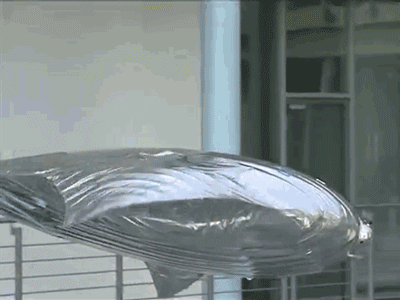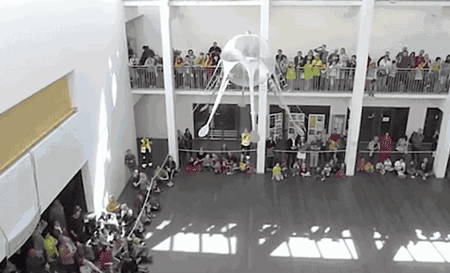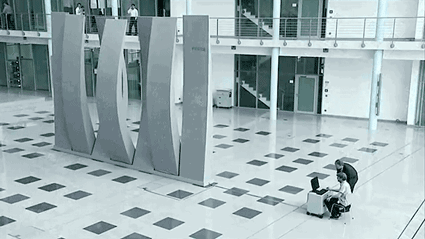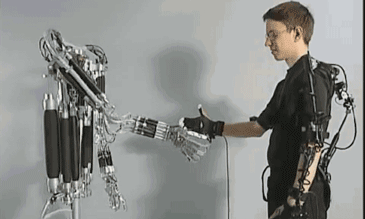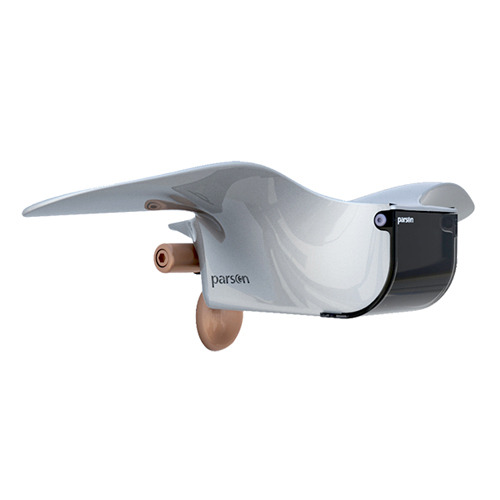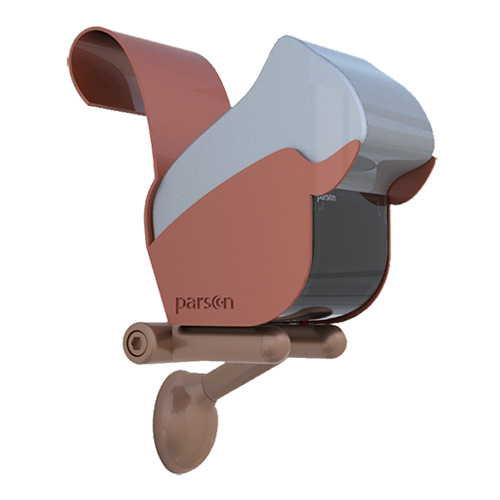George Osborne has committed the Conservatives to targeting "full employment", saying that tax and welfare changes would help achieve it.
Firstly, this is impossible. Secondly, explaining why is ... well, George Orwell coined a word to describe this sort of thing, in 1984: Crimestop—
The faculty of stopping short, as though by instinct, at the threshold of any dangerous thought. It includes the power of not grasping analogies, of failing to perceive logical errors, of misunderstanding the simplest arguments if they are inimical to Ingsoc, and of being bored or repelled by any train of thought which is capable of leading in a heretical direction.
Today, in the political discourse of the west, it is almost unthinkably hard to ask a very simple question:
why should we work?
There are two tests I'd apply to any job when deciding whether it's what anthropologist David Graeber terms a Bullshit Job.
Test (a): Is it good for you (the worker)?
Test (b): Is it good for other people?
A job can pass (a) but not (b) — for example a con man may enjoy milking the wallets of his victims, but their opinion of his work is going to be much less charitable. And a job can pass (b) but not (a) if it's extremely stressful to the worker, but helps others—a medic in a busy emergency room, for example.
The best jobs pass both (a) and (b). I'm privileged. I have a "job" that used to be my hobby, many years ago, and if Scrooge McDuck left me £100M in his legacy (thereby taking care of my physical needs for the foreseeable future) I would simply re-arrange my life to allow me to carry on writing fiction. (I might change the rate of my output, or the content, due to no longer being under pressure to be commercially popular in order to earn a living—I could afford to take greater risks—but the core activity would continue.)
On the other hand, many of us are trapped in jobs that pass neither test (a) nor test (b). If Scrooge McDuck left you £100M, would you stay in your job? If the answer is "yes", you're one of the few, the privileged: most people would run a mile. I've had jobs like that in the past. We let ourselves get trapped in these jobs because our society is organized around the principle that we are required to work in order to receive the money we require in order to eat. On a higher level (among the monied classes) the principle is different: work is performed for social status, financial income may be a side-effect of receiving rent. But people are still supposed to do something. People are, in fact, defined by what they do, not by who they are.
Now for a diversion.
As John Maynard Keynes observed in the 1930s, we produce material goods more efficiently today than during previous eras of history: our economic growth is predicated on this. Why should we not divert some of our growth into growing our leisure time, rather than growing our physical wealth? We ought to be able to make ends meet perfectly well with an average 15 hour working week—or, alternatively, a 40 hour week for 20 weeks a year, or a 40 hour week for 48 weeks a year for a ten year working lifetime.
And indeed in some cultures and countries this happens, to some extent. Here are some handy graphs of European working hours and productivity per week. Workers in Germany average a little over 35 hours a week, compared to the 42 hours worked in the UK. Want vacation days? German law guarantees 30 working days of vacation per year (and I am told medical leave for attending a spa resort on top of that). But it's all pretty paltry compared to the 15 hour target.
It's also quite scary when you consider that we're entering an era of technological unemployment. More and more jobs are being automated: they aren't going to provide money, social validation, or occupation for anyone any longer. We saw this first with agriculture and the internal combustion engine and artificial fertilizers, which reduced the rural workforce from around 90% of the population in the 17th-18th century to around 1% today in the developed world. We've seen it in steel, coal, and the other 19th century smokestack industries, which at their peak employed 30-50% of the population in factories—an inconceivable statistic today, even though our net output in these areas has increased. We're now seeing it in mind-worker fields from law (less bodies needed to search law libraries) through architecture (3D printers and CAD software mean less time spent fiddling with cardboard models or poring over drafting tables). Service jobs are also being automated: from lights-out warehousing to self-service checkouts, the number of bodies needed is diminishing.
We can still produce enough food and stuff to feed and house and clothe everybody. We can still run a growth economy. But we don't seem to know how to allocate resources to people for whom there are no jobs. There's a pervasive cultural assumption that people who don't work are shirkers or failures, rather than victims of technological change, and this is an enabler for populist politicians who campaign for support from the frightened (because embattled) working majority by punishing the unlucky, rather than admitting that the core assumption—that we must starve if we can't find work—is simply invalid.
I tend to evaluate the things around me using a number of rules of thumb, one of which is that the success of a social system can be measured by how well it supports those at the bottom of the pile—the poor, the unlucky, the non-neurotypical—rather than by how it pampers its billionaires and aristocrats. By that rule of thumb, western capitalism did really well throughout the middle of the 20th century, especially in the hybrid social democratic form: but it's now failing, increasingly clearly, as the focus of the large capital aggregates at the top (mostly corporate hive entities rather than individuals) becomes wealth concentration rather than wealth production. And a huge part of the reason it's failing is because our social system is set up to provide validation and rewards on the basis of an extrinsic attribute (what people do) which is subject to external pressures and manipulation: and for the winners it creates incentives to perpetuate and extend this system rather than to dismantle it and replace it with something more humane.
Meanwhile, jobs: the likes of George Osborne (mentioned above), the UK's Chancellor of the Exchequer, don't have "jobs". Osborne is a multi-millionaire trust-fund kid, a graduate of Eton College and Oxford, heir to a Baronetcy, and in his entire career spent a few working weeks in McJobs between university and full-time employment in politics. I'm fairly sure that George Osborne has no fucking idea what "work" means to most people, because it's glaringly obvious that he's got exactly where he wanted to be: right to the top of his nation's political culture, at an early enough age to make the most of it. Like me, he has the privilege of a job that passes test (a): it's good for him. Unlike me ... well, when SF writers get it wrong, they don't cause human misery and suffering on an epic scale; people don't starve to death or kill themselves if I emit a novel that isn't very good.
When he prescribes full employment for the population, what he's actually asking for is that the proles get out of his hair; that one of his peers' corporations finds a use for idle hands that would otherwise be subsisting on Jobseekers Allowance but which can now be coopted, via the miracle of workfare, into producing something for very little at all. And by using the threat of workfare, real world wages can be negotiated down and down and down, until labour is cheap enough that any taskmaster who cares to crack the whip can afford as much as they need. These aren't jobs that past test (a); for the most part they don't pass test (b) either. But until we come up with a better way of allocating resources so that all may eat, or until we throw off the shackles of Orwellian Crimestop and teach ourselves to think directly about the implications of wasting a third of our waking lives on occupations that harm ourselves and others, this is what we're stuck with ...





 Onward, to the future!
Onward, to the future!

















